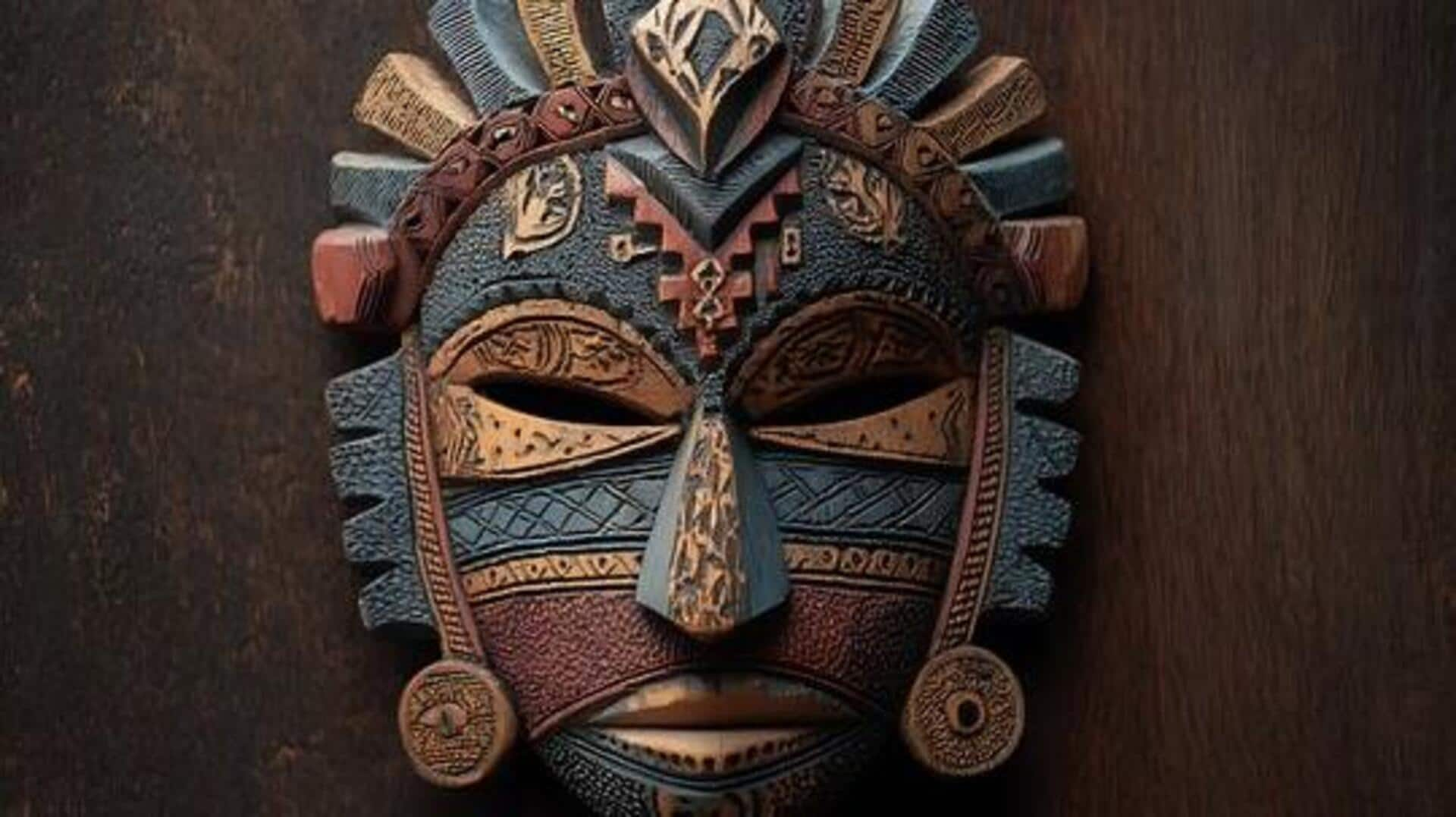
All about mask carving
What's the story
African mask carving is an ancient tradition that showcases the continent's diversity. These masks are not only artistic but also culturally significant, often used in rituals and ceremonies. The artisans behind these masterpieces are skilled craftsmen with unique abilities honed over generations. Here's a look at the stories behind these talented artisans, and the intricate skills involved in making African masks.
#1
Traditional techniques passed down generations
The art of mask carving comprises techniques that have been preserved for centuries. Using tools such as chisels and knives, artisans carve intricate designs into wood, often locally sourced. Each region has its own distinct style, shaped by local customs and beliefs. The process requires precision and patience, as even a small mistake can alter the mask's intended expression or meaning.
#2
Symbolism in design elements
African masks are rich with symbolism. Each element would represent different aspects of life or spirituality. For example, certain patterns may symbolize fertility or protection against evil spirits. The choice of colors also holds significance, red may represent strength, while white could symbolize purity. Understanding these symbols is imperative for both the artisan creating the mask and those using it in cultural practices.
#3
Economic impact on local communities
Notably, mask carving also proves to be an source of income for communities across Africa. Many artisans sell their work to tourists or internationally, bringing in income for their families and villages. The trade sustains not just the carvers but also related industries such as wood suppliers and transport services, boosting regional economies.
#4
Challenges faced by modern artisans
Despite its cultural importance, modern artisans face challenges such as competition from mass-produced replicas flooding markets at lower prices. Further, younger generations may be less interested in learning traditional carving techniques due to urbanization and changing lifestyles. However, efforts are being made to preserve this heritage through workshops and educational programs aimed at inspiring new interest among youth.